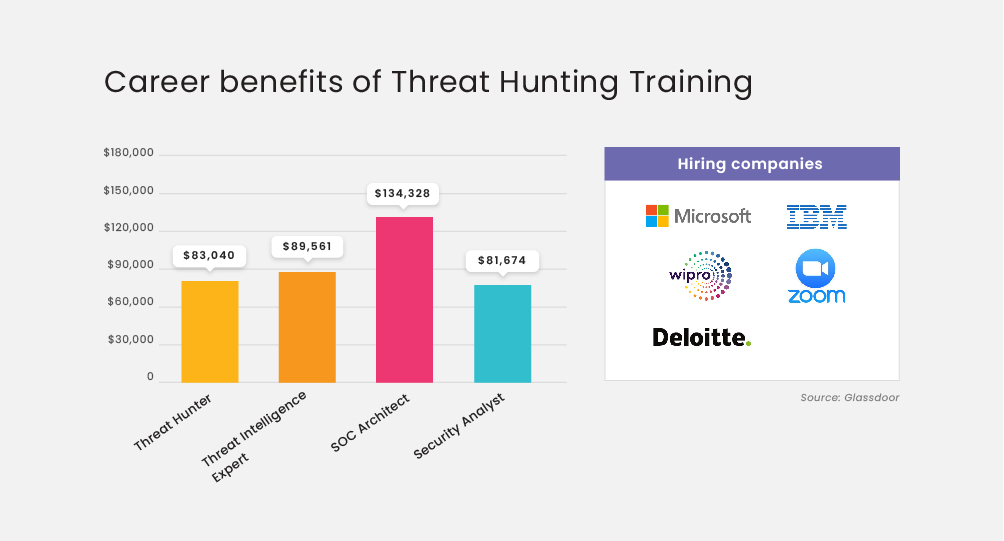Threat Hunting Professional Training In Dallas
 Read Reviews
Read Reviews
In Infosectrain, Grab the Threat Hunting Training to achieve a deep understanding of Threat Hunting techniques and the role of Threat Hunters. Our training is curated with the in-depth concepts of Threat Hunting methods and helps you to get certified for the Cyber Threat Hunting Professional exam.



 5th Sep: Weekend
5th Sep: Weekend 





 Course and training were excellent. The Training methodology incorporated by InfoSec Train helped me to understand the concepts effectively. Looking forward to experiencing more such learning experiences with this team!
Course and training were excellent. The Training methodology incorporated by InfoSec Train helped me to understand the concepts effectively. Looking forward to experiencing more such learning experiences with this team! 





